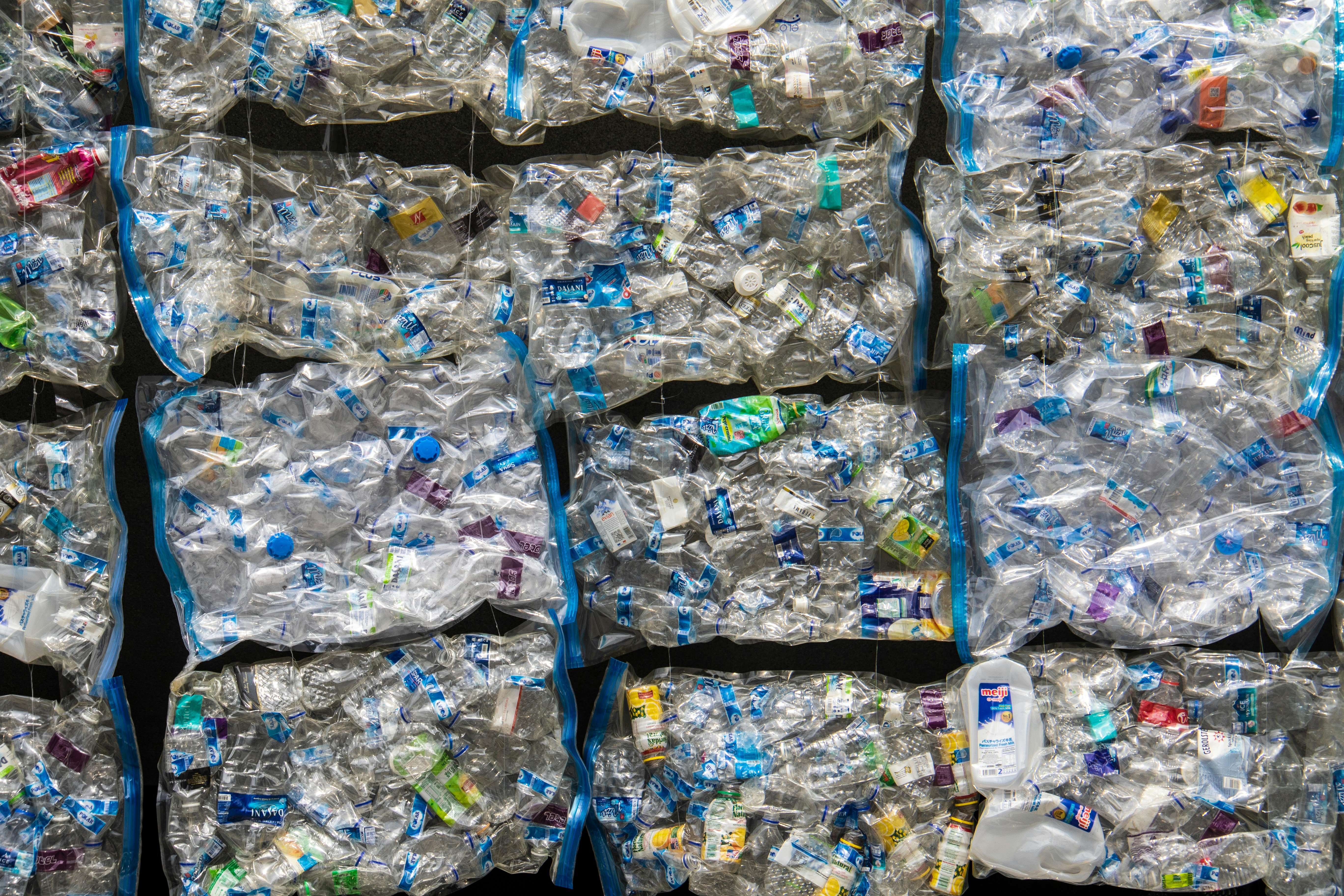
Plastics: the good, the bad and the very ugly

Photo by Nick Fewings
Plastics have woven themselves into the very fabric of our daily lives. Their rise to ubiquity is attributed to a unique set of properties: plastics are lightweight, durable, and can be moulded into virtually any shape, making them incredibly versatile.
This versatility has made plastics indispensable across various sectors, including packaging, construction, healthcare, and electronics. In healthcare, for instance, plastics have improved hygiene and safety through disposable syringes and sterile packaging.
Meanwhile, in consumer goods, plastics have allowed for the creation of affordable, durable products accessible to a wider audience. However, as the use of plastics has proliferated, so too have the problems associated with their disposal and the long-term impacts on the environment and human health.
The problem with plastics: Unpacking the consequences
Environmental Impact
The durability of plastics, while beneficial for product longevity, becomes a curse when it comes to waste management. Plastics can take hundreds to thousands of years to decompose, leading to long-term environmental pollution. The most visible manifestation of this issue is the accumulation of plastic waste in natural habitats, from urban landscapes to remote oceans.
Marine plastic pollution, in particular, has become a global crisis, with millions of tons of plastic waste entering the oceans each year, harming marine life through ingestion and entanglement and disrupting ecosystems.
Waste Management Challenges
The global plastic waste management system is overwhelmed, with recycling rates struggling to keep pace with production. Only a fraction of plastic waste is recycled effectively, with the rest ending up in landfills, incinerators, or the natural environment.
The challenges of recycling plastics stem from issues such as the complexity of sorting different types of plastics, contamination, and the lack of economically viable recycling processes for certain plastics. This has led to a situation where it is often cheaper to produce new plastics than to recycle existing ones, further encouraging the production of virgin plastics.
Economic Costs
The environmental damage caused by plastics translates into significant economic costs. These include the costs of cleaning up plastic pollution, loss of tourism revenue in areas affected by plastic waste, and the impact on fisheries and aquaculture.
Additionally, the reliance on fossil fuels for plastic production contributes to climate change, which carries its own set of economic implications.
Health Concerns
However, the big concern that may yet prove to be the real ugly truth about plastics is the direct threat to human health. Many plastics release harmful chemicals, including phthalates and bisphenol A (BPA), known to disrupt the endocrine system. These endocrine-disrupting chemicals (EDCs) can mimic or interfere with the body's hormones, leading to a plethora of health issues, including reproductive disorders, obesity, diabetes, and some forms of cancer.
Moreover, there's emerging science around microplastics that is heightening concerns that these particles can absorb and concentrate toxins from the environment and carry them up the food chain directly to humans. A frontier of science to watch with interest.
Addressing the Plastic Problem
Materials Innovation
One of the key strategies to mitigate the impact of plastics is the development and adoption of alternative materials. Bioplastics, made from natural materials like corn starch and renewable biomass sources, were seen as a potential solution. But like other manmade materials, nature doesn't really recognise them as natural.
However, the next generation of regenerative polymers like PHA, Seaweed and other materials show enormous promise, but as is often the case with early-stage innovations, the economics are not yet attractive in many cases.
Enhanced Recycling Technologies
Improving the efficiency and scope of plastic recycling is critical. This includes investing in advanced sorting technologies, developing chemical recycling methods that can break plastics down into their original monomers for repurposing, and designing products for easier recyclability from the outset.
Governments and industries need to support these innovations through funding, research, and policies that encourage the adoption of recycled materials.
Policy and Regulation
Strong policy measures can significantly influence the reduction of plastic waste. This can range from bans on single-use plastics to implementing extended producer responsibility (EPR) schemes, where manufacturers are held accountable for the entire lifecycle of their products, including disposal.
Additionally, setting targets for the inclusion of recycled content in products can drive demand for recycled plastics.
Consumer Behaviour and Systems Change
Ultimately, reducing the demand for disposable plastic products depends on changing consumer behaviour. Public awareness campaigns, education on the impacts of plastic pollution, and promoting a culture of reuse and recycling are essential.
Consumers can also drive change by preferring products with minimal or no plastic packaging, using reusable alternatives, and supporting companies and products that prioritise sustainability. Each of these actions sends a market signal to businesses to change their ways.
The Path Forward
While plastics have brought numerous benefits to society, their pervasive use has led to severe environmental and health issues that can no longer be ignored. Addressing the plastic problem requires a multifaceted approach involving innovation in materials, enhanced recycling technologies, effective policies, and changes in consumer behaviour.
By tackling these challenges head-on, we can mitigate plastics' impact on the environment and human health, paving the way for a more sustainable and responsible use of materials. The journey towards resolving the plastic dilemma is complex and challenging, but it is necessary to ensure the well-being of our planet and future generations.
Find out how your business can reduce plastic usage and mitigate risk
Learn More

